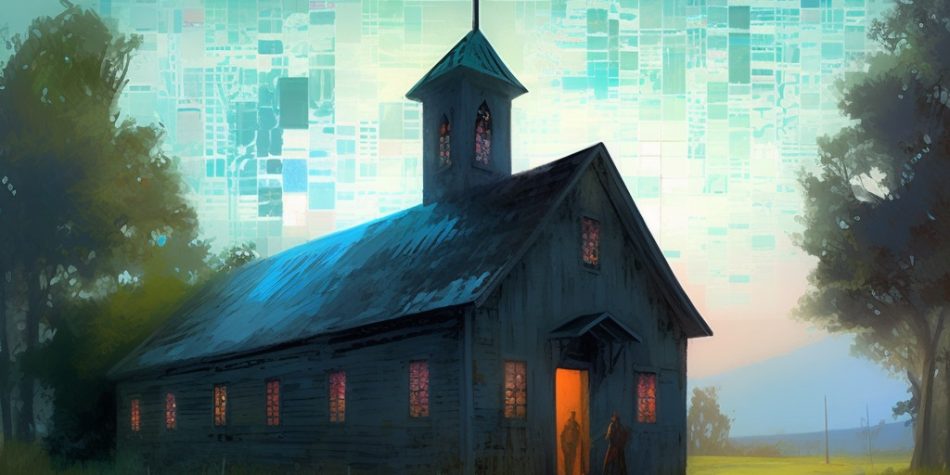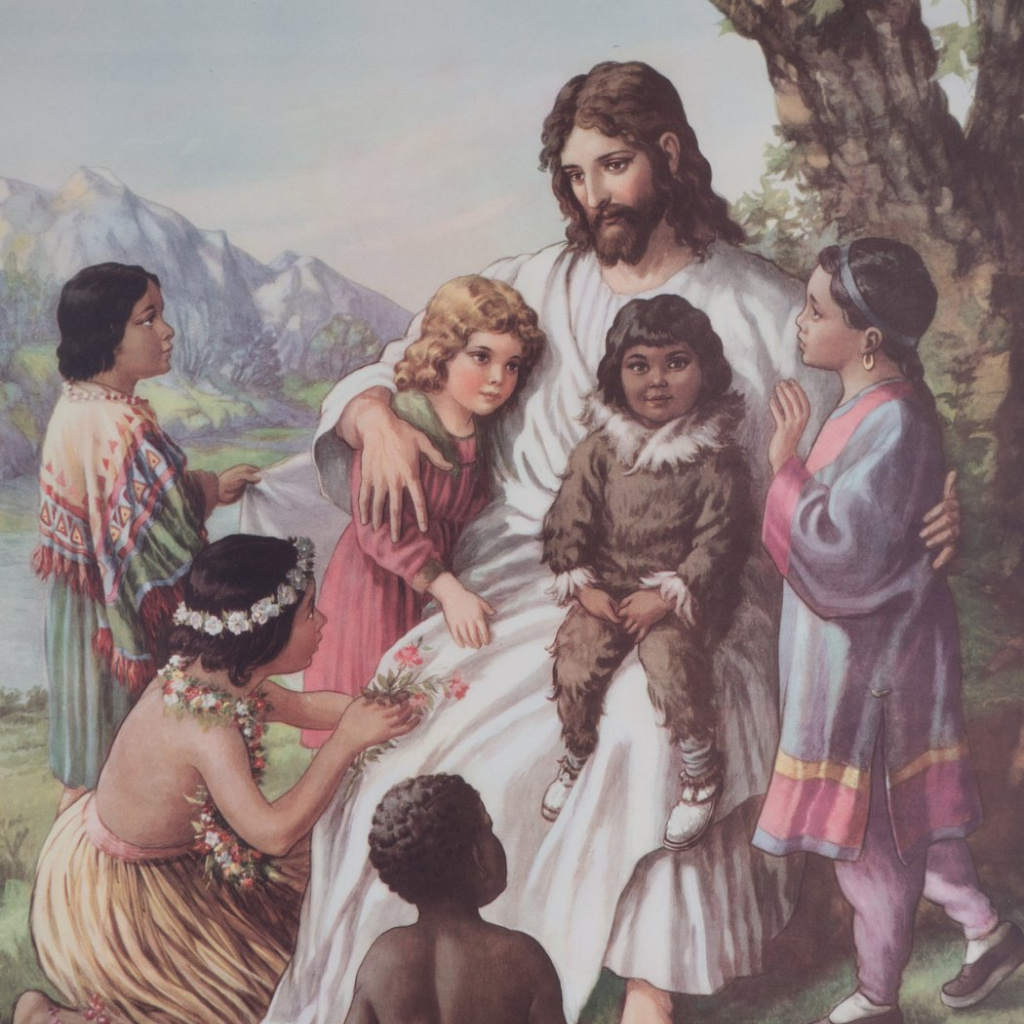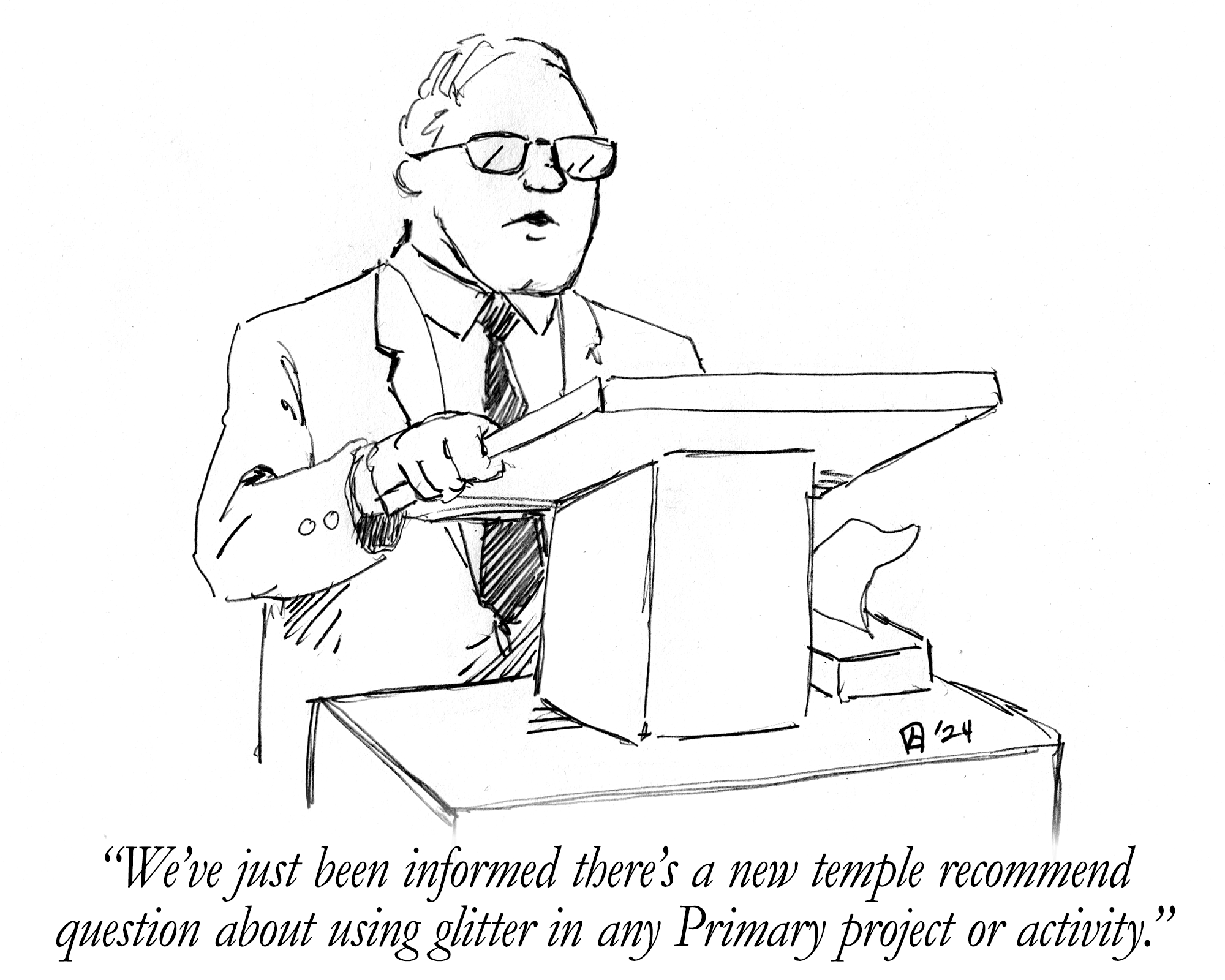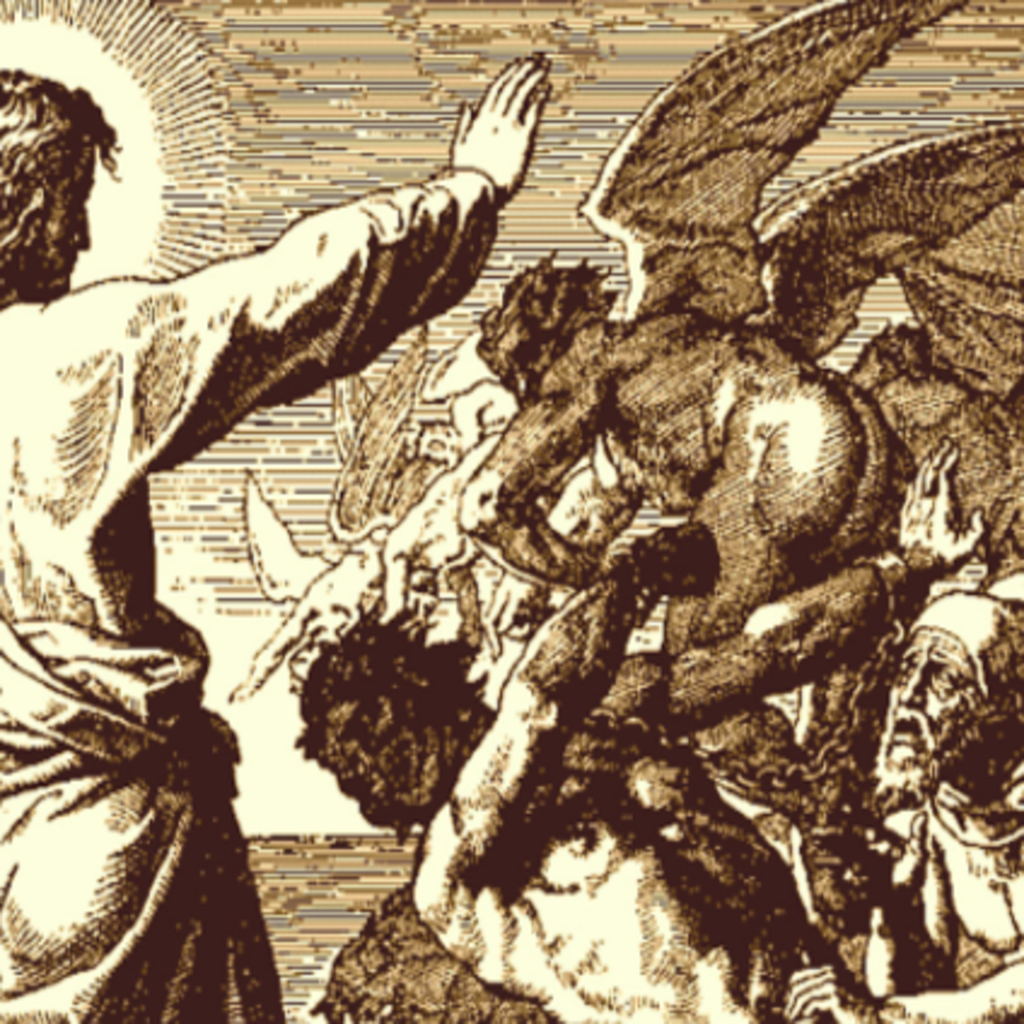My friend Jacob Hess recently argued that social justice is a new, rising religion that contrasts with Christianity. I appreciate his insights but see the trend differently. Rather than strictly political, I believe it expresses a more profound religious belief system, paralleling the early stages of other religions. My interest is in how it contributes to humanity’s grand religious narrative.
This emerging new religion blends elements of modern and postmodern philosophies to form a belief system focused on identity, equity, and societal critique. It encourages self-discovery, introspective growth, and activism for systemic change. With rituals and mythology adapted for the digital age, the faith supports a non-falsifiable metaphysical worldview and champions inclusivity, diversity, and individual expression, all in pursuit of an envisioned utopian future.
As traditional religions decline and “spiritual but not religious” numbers rise, it seems people aren’t leaving faith but transitioning to a still-forming one. My goal isn’t to judge this new faith but to respect and understand it based on the factors often found in religious movements. And I don’t make this comparison to disparage this new religion. I like religion—I believe the world is a better place because of it. And I believe sincere interfaith efforts with this emergent faith will help us realize we share a common aim: making the world a better place.
Belief About Deities
This new faith accommodates varying beliefs about gods from previous traditions, a flexibility common in emerging religions. Many followers incorporate views about deities from their previous religions.
This broad view is reminiscent of world traditions like Mādhyamika Buddhism, Taoism, and Samkhya Hinduism, which don’t mandate belief in a god. Historic examples include Buddhism, which initially was agnostic towards gods, and Sikhism, which started with a unified god concept, allowing both Muslims and Hindus to align with it, but eventually formalized.
Early indications suggest that this religion is evolving similarly, as seen in the term “Moralistic Therapeutic Deism,” which appears to be how a generation adopted this new religion while maintaining belief in a Christian God and cosmology.
Self-identification
While many Western religions self-identify as such, it’s not a universal feature. Historically, many belief systems, like those of the San, Inuit, Ainu, Evenki, and Shuar, didn’t consider themselves religious. Instead, their beliefs were simply their way of life.
Religious self-identification often emerges in response to cultural conflict. Early Christians, for example, didn’t distinguish themselves as such until facing opposition from Jewish and Roman authorities.
Philosophical Roots
Just as philosophical ideas influenced religions historically, modern philosophies shape this new religion. Its roots intertwine romantic, modern, and postmodern philosophies, including critical theory, psychoanalysis, Rogerian humanism, deconstructionism, expressive individualism, and scientism.
Postmodern skepticism of universal truths and critical theory’s societal critique combine to challenge inherent societal structures. This worldview, softened by psychoanalysis and Rogerian humanism’s introspective focus, promotes individual-centric perspectives.
However, the influence of critical theory creates a nuanced view of identity that balances the primacy of individual self-definition and expressive individualism with the recognition of the influence of marginalized group identities. This duality situates the individual identity within the wider socio-cultural context shaped by various social groups.
This religion adopts a Rousseauian model of human history, idealizing pre-modern human existence, inspiring a yearning to recapture this perceived harmony, possibly lost by modern societal structures.
Scientism adds precision, raising peer-reviewed writing in line with these values to scriptural status. As Buddhism reacted to its time’s Vedic religious order, this new religion reflects its philosophical roots, providing an alternative to today’s established religions.
Rituals
Ritual and mythology, two core components defining religion, are also present in this emerging faith. Rituals facilitated through social media technology signify adherents’ faith, mirroring how new technologies have historically shaped religious cosmology. Canadian commentator Jamil Jivani noted in a 2020 National Post article that these rituals are largely performative.
Rituals may involve a public acknowledgment of privilege, akin to the Catholic Sacrament of Reconciliation, participation in recurring events like Pride Month parades, or virtue signaling via social media, reminiscent of Prāyaścitta in Hinduism. Many followers also experience an ‘awakening,’ a revelation about social justice or self-understanding through therapy that can parallel the concept of being ‘born again’ in evangelical Christianity or the walkabout tradition among the Pintubi people.
Adherents also engage in language policing, promoting inclusivity and shaming those not adhering to the faith’s beliefs. Familiar phrases like “Delete your account” or “Check your privilege” demonstrate this ritualistic language control.
Mythology
Anthropologist E.B. Tylor suggests that ritual naturally develops from mythology, the stories that help us understand the world. In this emerging faith, mythology also refers to the foundational stories that shape the group’s identity, based on classicist Richard Buxton’s definition. The description of these beliefs as “mythology” is not an evaluation of whether the stories are true.
Its mythology features an original sin narrative similar to Loki’s betrayal of Baldr in Norse mythology. It views societal inequality and repression of self-expression, which came from agriculture and civilization, as original sin. This faith leans towards constructivism, seeing society as not natural but human-made.
Key themes such as privilege, patriarchy, and colonialism are retold in ways that align with its beliefs like the Trojan War is reinterpreted in the Iliad. And grievance studies have arisen to mythologize and protect their view of history, much the same way medieval Christian scholarship did.
Because of the scientism in this faith, some will object to the description of these stories as myths. But this exclusivism is common to religion. And the epistemology, which they strive to base on logic and measurable phenomenon, is similar to Jainism.
Metaphysics
The new religion supports non-falsifiable metaphysical beliefs, primarily centered on the primacy of the individual and their psychological core, a “bipartite reality” that acknowledges both the tangible physical existence and a deeper, intangible reality that shapes an entity’s essence—an approach similar in some ways to Catholicism. It views identity as self-determined yet tied to group identity where power dynamics reside, leading to seemingly counterfactual claims that are instead religious expressions of the self. Similarly, conceptions of the self exist in other traditions, like Hinduism’s Atman or the Ubuntu principle of individual-community relationship.
It also regards prejudice and discrimination as pervasive, unseen influences akin to the malevolent spirits or influences in Ojibwe or Yoruba beliefs. Language is perceived as both a tool of oppression and liberation, reminiscent of language-based spells and curses in Wicca. Understanding these beliefs reveals the core tenets that shape this new religion’s worldview.
The Sacred
In the new religion, sacred ideas are those that can’t be questioned for moral reasons. These include self-identification and marginalized experiences. These concepts resonate with beliefs in Hinduism and the Ojibwe people. However, conflict can arise when self-identity appropriates a marginalized group, triggering debates within the religion. Language, like the Maori concept of taonga, is sacred and powerful.
Sacred spaces, such as Stonewall Inn and Harvey Milk’s camera shop, hold a similar reverence as the Sacred Grove for Latter-day Saints due to historical significance. And locations like counseling offices can be individually sacred.
While the religion currently lacks sacred texts, works like “The Second Sex,” “Pedagogy of the Oppressed,” “Of Grammatology,” or “The Autobiography of Malcolm X” may be viewed as foundational, akin to the writings of early Christian leaders. Efforts to create a canon of critical and social justice writings echo Marcion of Sinope’s early pre-authoritative Christian canon attempts.
Symbols and Iconography
The new religion utilizes symbols like the Rainbow flag, semicolon, raised fist, or Psi character, which embody core beliefs and can even reach sacred status, similar to the significant symbolism in the Hopi tribe’s Kachina dolls. The proliferation of symbols during a religion’s emergence is common, like the fish or anchor before the cross in early Christianity or the lotus and Bodhi tree in Buddhism before the dharma wheel. As this new religion grows, its iconography will undoubtedly undergo similar refinement, shaping the visual language that guides its followers.
Moral Code
The moral code of this new religion emphasizes self-education about societal and historical contexts or becoming “woke.” This pursuit of equity and social justice is akin to the Catholic tradition, and its principles of diversity and inclusivity echo the Pauline tradition of early Christianity. Though here, these ideals are viewed through group identity. And because they believe non-adoption of their ideas is unethical, scrupulosity can sometimes be extreme.
This religion upholds consent as a sufficient basis for managing interpersonal relationships and reclaims ethical hedonism, encouraging the pursuit of personal pleasure. Self-expression, empathy, compassion, understanding, and validation are crucial elements, informed by Rogerian humanism’s “unconditional positive regard” but limited by how it impacts marginalized groups.
As in other emergent faiths, it has a core paradox. This religion advocates for tolerance and moral relativism while maintaining dogmatism towards its own sacred ideas—which philosophers like John Rawls have attempted to resolve. As this new religion develops, its moral code will likely continue to evolve, offering a unique approach to ethical decision-making.
Fulfillment and Transcendence
Many faiths have a path to transcendence. In this emerging religion, the quest for fulfillment and transcendence involves self-realization, personal growth, and an introspective journey often guided by therapy, mirroring the spiritual journey of the Sámi’s Noaidi.
Activism and advocacy serve as a path towards fulfillment, not just for personal spiritual elevation but also in addressing systemic inequalities. Adherents envision a utopian future brought about by the universalization of their ideals, intertwining individual transcendence with societal transformation, akin to the Baha’i faith’s vision of global unity.
Social Structures
This emergent religious movement can be nebulous and thrives with online platforms providing key spaces for discourse, learning, and organization.
However, its influence extends into various social structures, especially universities. James Lindsay and Mike Nayna argue this isn’t mere influence but institutional takeover, with an agreement to its tenets becoming increasingly required for faculty members.
The new religion emphasizes intersectionality, fostering inclusive communities that transcend traditional boundaries. Its decentralized structure, similar to Wiccan or Vipassana communities, lacks ordained leaders or formal hierarchies. Instead, influential figures emerge from various sectors, acting as thought leaders guiding the movement’s evolution rather than as authority figures.
This fluid structure allows this religion to adapt to changing social contexts. Other faith movements, like the Baha’i and Latter-day Saints, started with similar flexibility but became more structured under persecution or political pressures. Whether this movement will follow a similar path, become more formalized in response to opposition, or continue as a decentralized movement due to its emphasis on individualism, diversity, cultural relevance, and postmodern skepticism of institutions remains to be seen.
Transmission and Continuity
This emerging religion leverages many methods for cultural transmission. Digital memes effectively share core beliefs akin to traditional parables. Similarly to Neoplatonism and Unitarian Universalism, academia, from universities to public elementary schools, is a robust platform for disseminating the new religion’s principles, aided by deconstructionism, which dismantles old beliefs and makes room for new ones, akin to the Jehovah’s Witness approach to proselyting. This strategy is also employed in a therapeutic context, guiding individuals in constructing new faith-based beliefs. Jeffrey Thayne, a philosopher of culture and psychology, delineates this process in an upcoming book: “Therapists are taught against becoming crypto-missionaries of religious faith—but very often become crypto-missionaries for competing worldviews. This strong worldview slant is often advanced and reinforced in the name of professional neutrality.”
The religion’s propagation relies on its perceived self-evidence. Unlike ethnic religions or faiths that actively evangelize, adherents believe anyone who educates themselves will inevitably accept the faith. This attitude, also seen in the Altyerre concept of the Arrernte people in Australia, underscores generational transmission. However, this stance on self-evidence feeds into an intolerance for non-conformity. ‘Shaming’ or ‘cancel culture’ is used to pressure conformity, a less violent parallel to the Franciscan missionaries’ tactics during California’s colonization. Control of resources and social dynamics converted indigenous populations, with resistance leading to ostracization.
Finally, the religion embraces the “it takes a village” mentality in its transmission, sometimes over parental objections, closely aligned with its strong presence in schools. These methods have been effective, but only time will tell if they continue to be or if new strategies will emerge.
A New Religious Landscape
This investigation unveils an emerging religion, reflecting socio-cultural contexts and focusing on identity and social justice. Its roots in diverse philosophies, academic ties, versatile iconography, and decentralized structure highlight its 21st-century response and influence.
The faith’s propagation through institutional takeover might discourage followers from viewing it as just another religious movement. However, recognizing it as such enables more effective interfaith dialogue and eases societal tension by tapping into the West’s wealth of wisdom in navigating religious tension and neutrality. This framework has the power to heal.
As it grows and develops, scholars have a unique opportunity to observe how this faith shapes human spirituality and how individuals redefine their place in the cosmos.

















